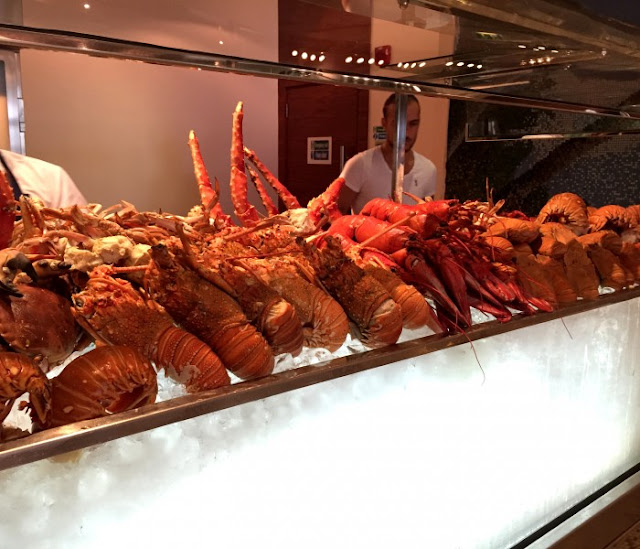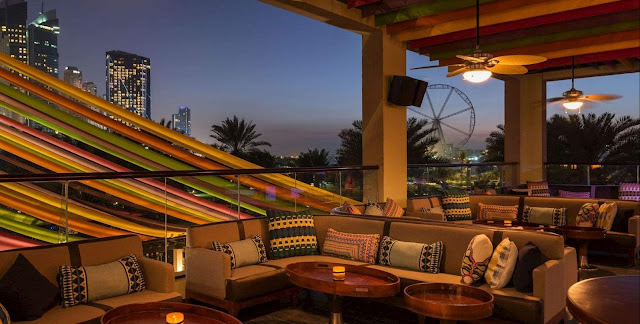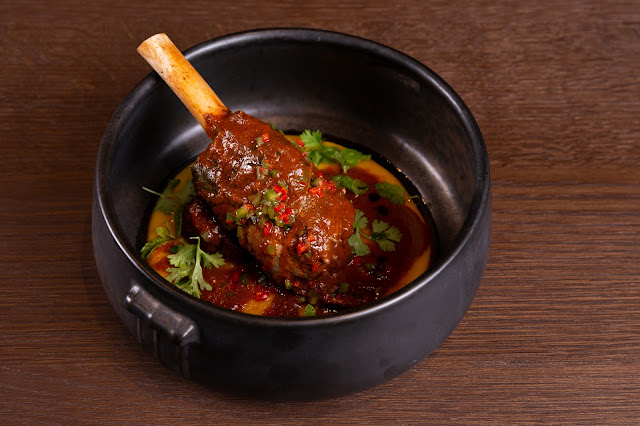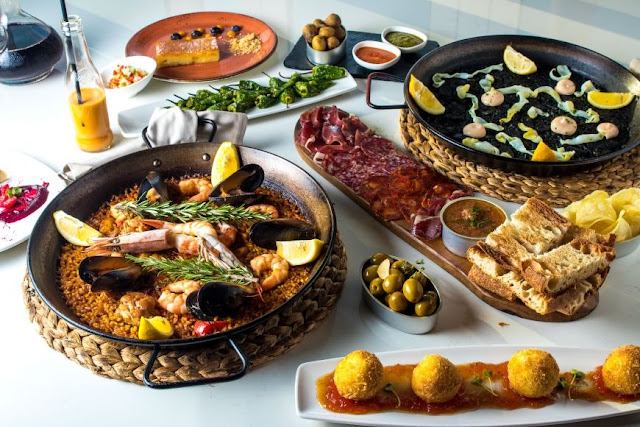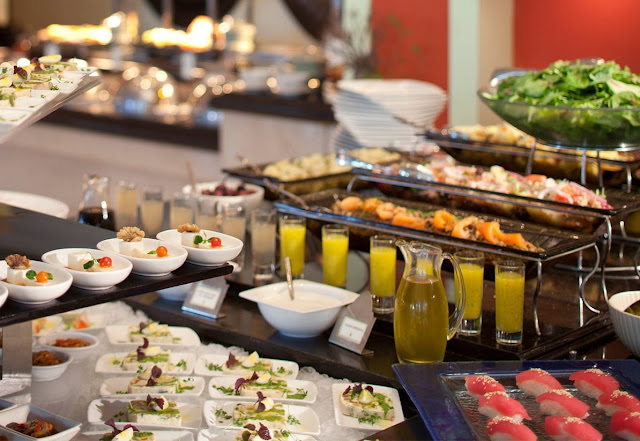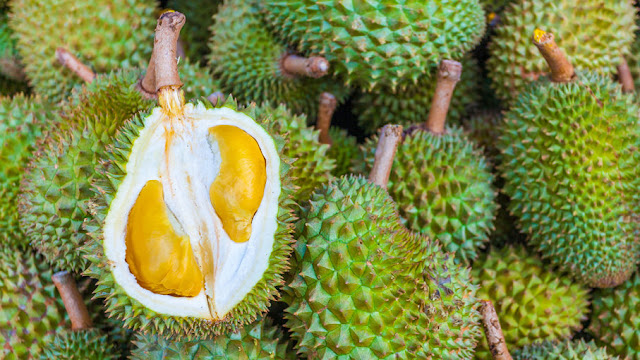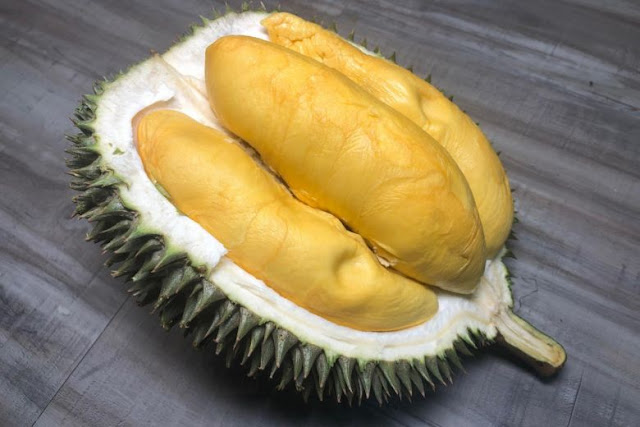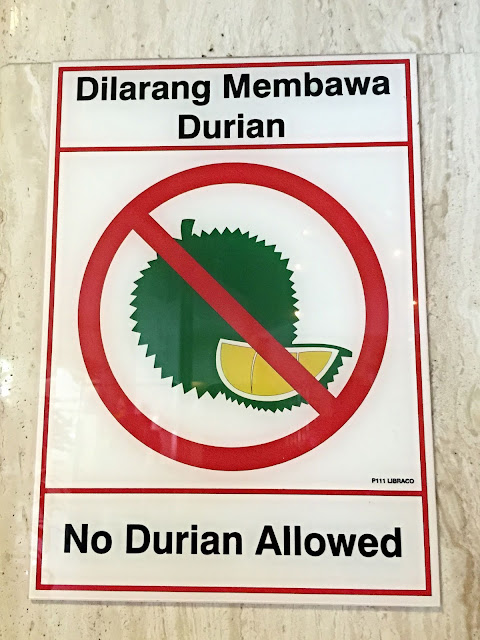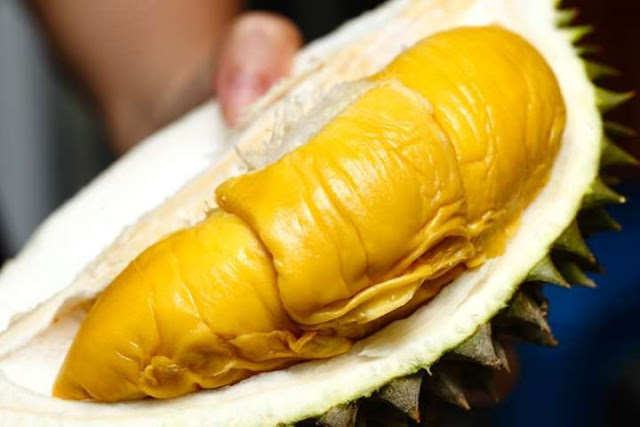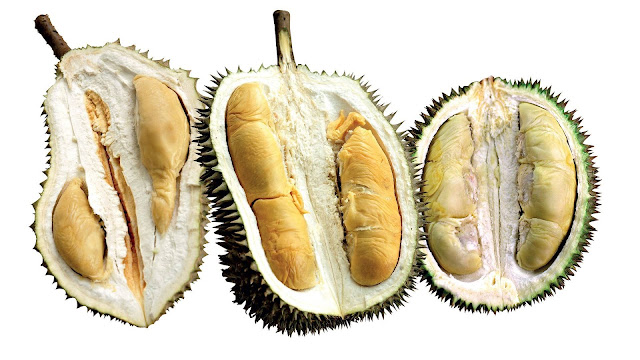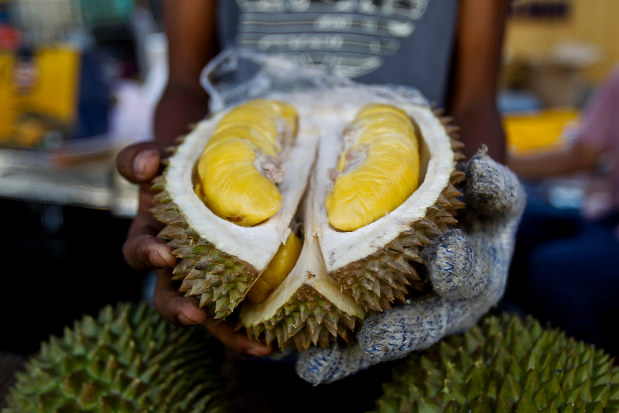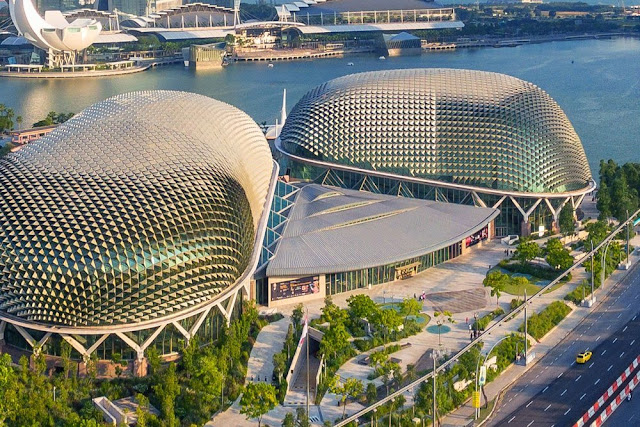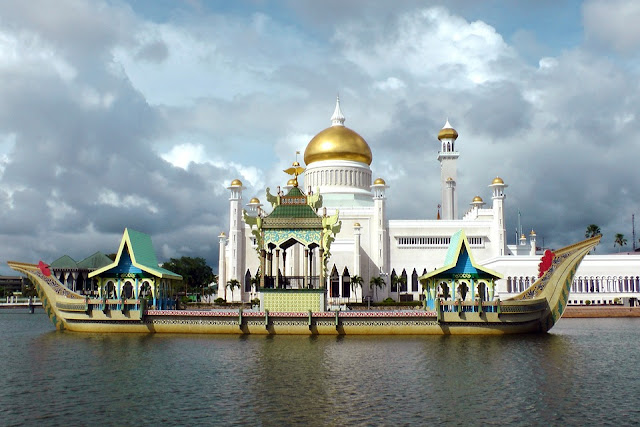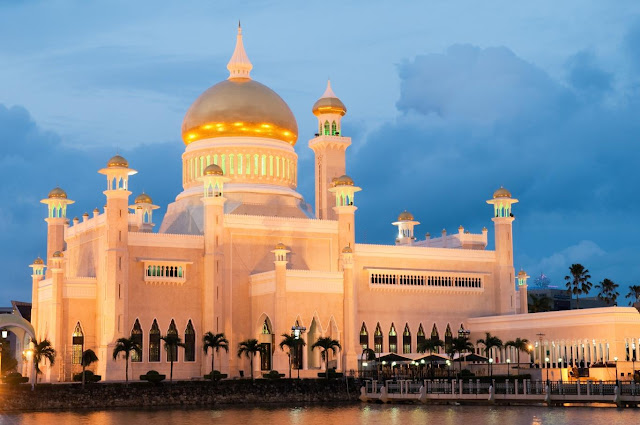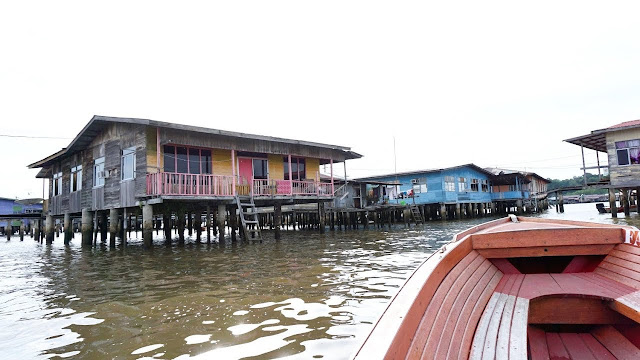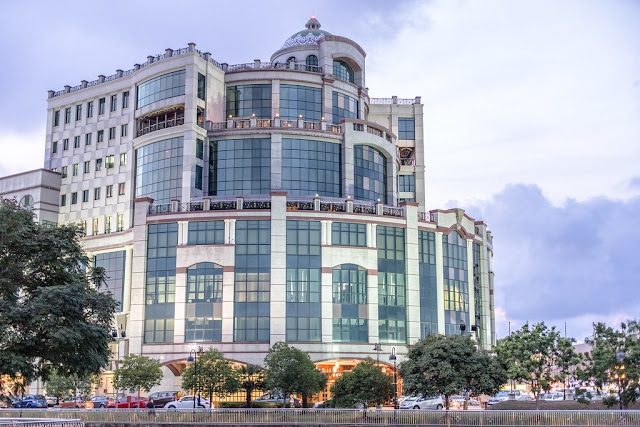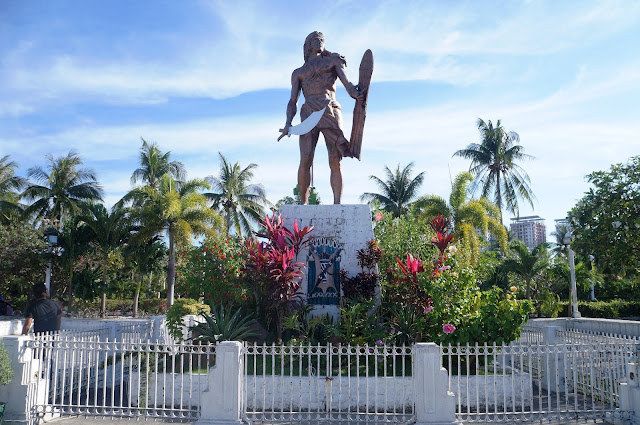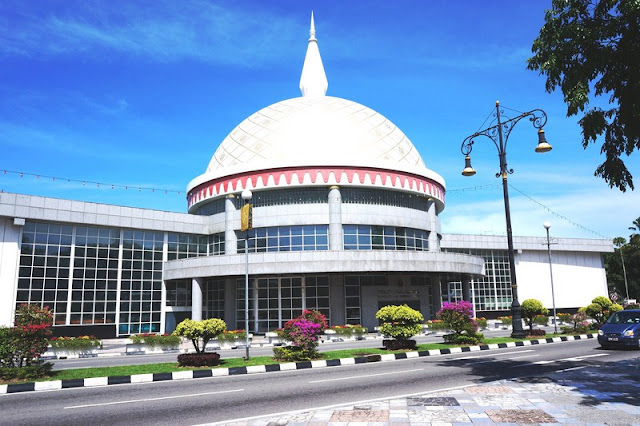Bubbalicious Brunch
If one word could describe the Westin Mina Seyahi’s Friday ‘Bubbalicious Brunch’, then ‘breathtaking’ would be an appropriate choice. What makes it so outstanding is that at Bubbalicious almost every imaginable food is on offer, thanks to the combined forces of the hotel’s three fantastic in-house restaurants. Blue Orange is responsible for both the buffet section and live cooking shows, serving food from Arabic mezze and pastas to Belgian waffles. Spice Emporium is the Asian face of the trio, and takes care of the noodle, sushi and sashimi dishes. Hunters Room is a traditional grill house placed in a tasteful contemporary setting. For those who like to be entertained during brunch, Bubbalicious Brunch provides Chinese acrobats, live bands, a PlayStation room and ‘kids’ corner’, and a petting zoo. Of course, such service comes at a price, but the Bubbalicious Brunch is definitely an experience to try.Maya Mexican Kitchen + Bar
If you’re looking for a beachside brunch, then Maya Mexican Kitchen might be the place for you. Spearheaded by head chef Richard Sandoval, Maya offers a modern twist on traditional Mexican favourites. Based in Le Royal Meridien Beach Resort & Spa, as part of their brunch package, guests have both pool and beach access. So while sampling a plethora of dishes, such as rib-eye steak fajitas and lamb chops marinated in adobo, guests can lounge on the private beach or take a dip in the pool. For a little extra, alcoholic beverages can also be provided. Maya Mexican Kitchen serves up a fantastic brunch with plenty of exciting flavours.Toro Toro
If you fancy a taste of Latin America in Dubai, then Toro Toro is the restaurant to visit. World-renowned Latin chef Richard Sandoval has brought the hospitality and family-style dining of his native region to restaurants as far afield as New York, Las Vegas and now Dubai. At Toro Toro, he has offered the pan-Latin ‘Hola Hola Brunch’ since 2012, earning the attention and praise of many. The Hola Hola Brunch consists of 45 options of small plates filled with traditional food, including guacamole, yucca fries, chorizo, empanadas, beef-stuffed pastries and crispy calamari. Guests should try to save space for Toro Toro’s delicious churrasco chicken, lamb or beef.El Sur
El Sur pushes the expectations of what can be done with traditional Spanish tapas. Using the only the finest ingredients, El Sur recreates traditional tapas meals with an artistic, sophisticated vision. With stunning views of the ocean and the opportunity to dine al fresco on their balcony, El Sur is one of the best places in Dubai to eat brunch. Dishes include classic Spanish cuisine such as patatas bravas (potatoes in a spicy tomato sauce) and calamares a la romana con alioli (fried squid with alioli), alongside contemporary meals such as avocado cannelloni with tuna. There is an emphasis on seafood, but the menu also features the likes of Wagyu beef tartare and prime rib-eye steak. With on-site mixologists, there will always be a drink to your liking and guests can also enjoy premium cigars. Reservations at this exclusive restaurant is a must.Jumeirah Al Qasr
Jumeirah Al Qasr serves up one of Dubai’s biggest Friday brunches. Guests can experience the atmosphere of three different restaurants: The Hide, Arboretum and Al Hambra. Al Qasr translates as ‘The Palace’, which hints at the style of service the hotel aims to deliver. Al Qasr is an upscale brunch venue with a mighty reputation. It’s a must-visit for brunch fans in the city.See more: Top luxury activities you should try once in Dubai
Source: Internet

